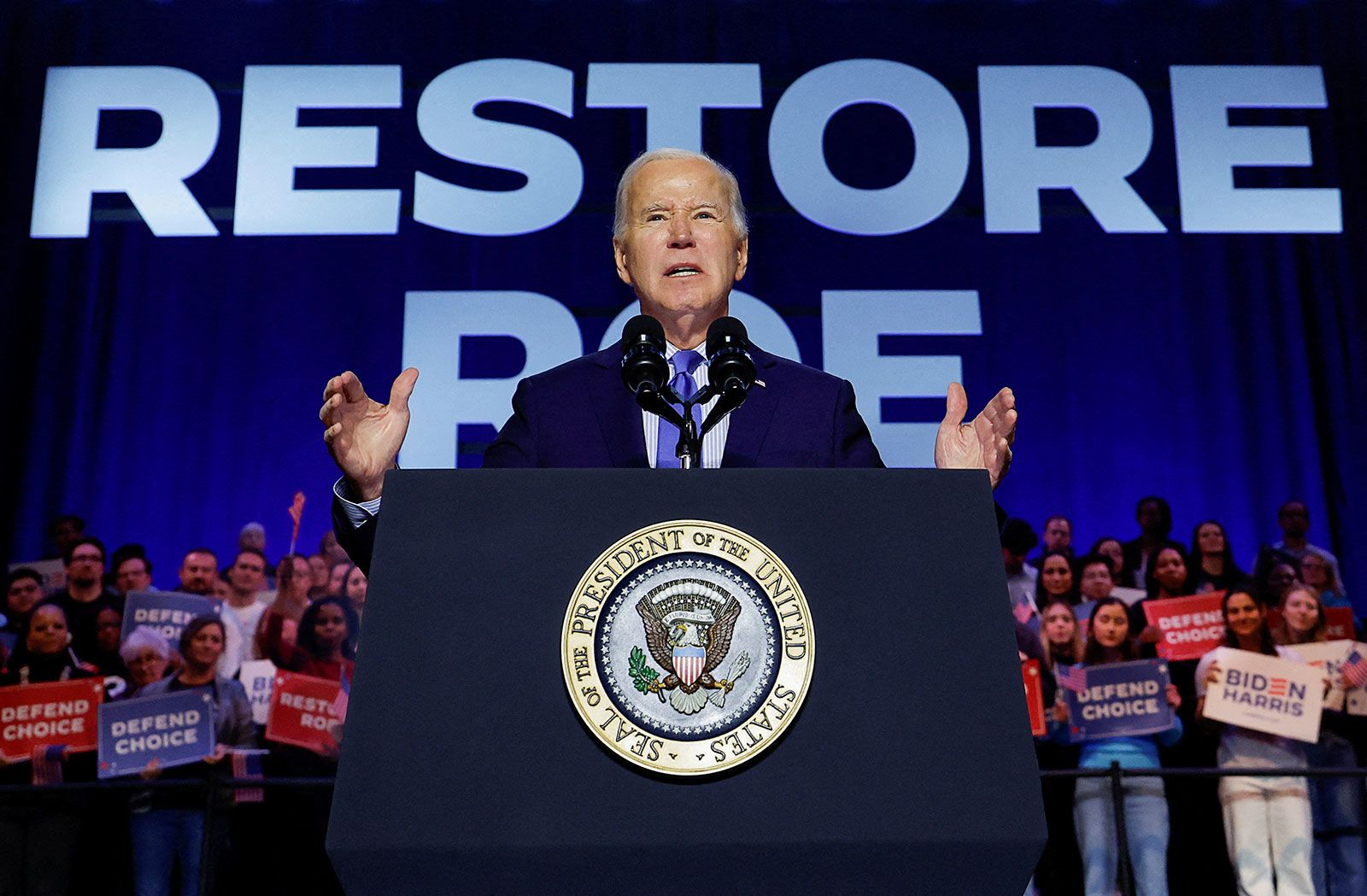President Joe Biden’s campaign is sending a clear message to Democrats who are eager to see a more visible and urgent expansion of operations in key battleground states: Don’t expect a repeat of Barack Obama’s campaign strategy.
Unlike Obama’s 2012 reelection campaign, which largely bypassed the Democratic National Committee (DNC) in favor of establishing its own extensive electioneering apparatus, Biden’s team is taking a different approach. According to Biden advisers, campaign officials, and state Democratic leaders, the president’s 2024 operation is being assembled differently, and Democrats who are pushing for faster hiring and more offices are missing the point.
“State parties and local organizations were not part of the equation in 2012,” said New Hampshire Democratic Party chairman Ray Buckley. “The fact that the president has heavily invested in building up the strength of the state parties versus what happened in the first term of Obama – I think you’re going see the results of that.”
The campaign’s strategy for securing Biden another four years in the White House became clearer after Trump won the New Hampshire primary last week. The Biden team announced that the former president had all but secured the Republican nomination and that the president’s two top West Wing aides would soon be joining the campaign full time.
By Thursday, the Biden campaign had announced state leadership teams in North Carolina, South Carolina, Georgia, Nevada, Michigan, Wisconsin, New Hampshire, Pennsylvania, and Arizona – the full roster of its battleground states. Wisconsin and Arizona are currently serving as the campaign’s pilot states for testing out organizing programs aimed at reaching critical voting blocs like young people and Black and Latino voters.
Despite the campaign’s progress, some Democrats in battleground states are expressing frustration over the lack of visible on-the-ground presence. Party leaders and strategists in critical battleground states are preparing for a serious test of their states’ existing political apparatus in November.
The Biden campaign is planning to capitalize on Democrats’ big wins in the most recent midterm races. The idea is to build off Democrats’ robust mobilization efforts in competitive 2022 Senate races and successful gubernatorial contests to help drive up turnout in November’s presidential election.
For almost a year, top Biden officials have been planning for much more extensive outreach through social media and other online outlets. The campaign hopes its plans will result in a larger online footprint than the famously digitally revolutionary Obama campaigns.
However, many experienced Democratic operatives and even some Biden campaign aides privately express concern about the pace of spending and hiring. They argue that a challenging race against Trump is precisely why they’d like to see more action from the campaign already underway.
Some involved in the campaign told CNN that there were often instances when plans were delayed because they were waiting for sign off from top White House aides. One senior Democratic strategist with knowledge of the Biden campaign strategy described running anxiety within Democratic circles that the reelection has been slow to hire and build out the state teams and infrastructure.

